A client would like me to build this table. The steel drum looking base will be fabricated by others. My question is how to keep it flat...or flattish. Wood is flat sawn Cherry (could convince client to go with quartered Cherry)
I am thinking of using a batten on underside of table (wood or angle iron) with slotted holes for movement. The top will be 5/4 or 6/4 with tapered edge so it appears thin when viewed from top. Also, the tip factor seems high although sand in the barrel might work just fine.
Thank you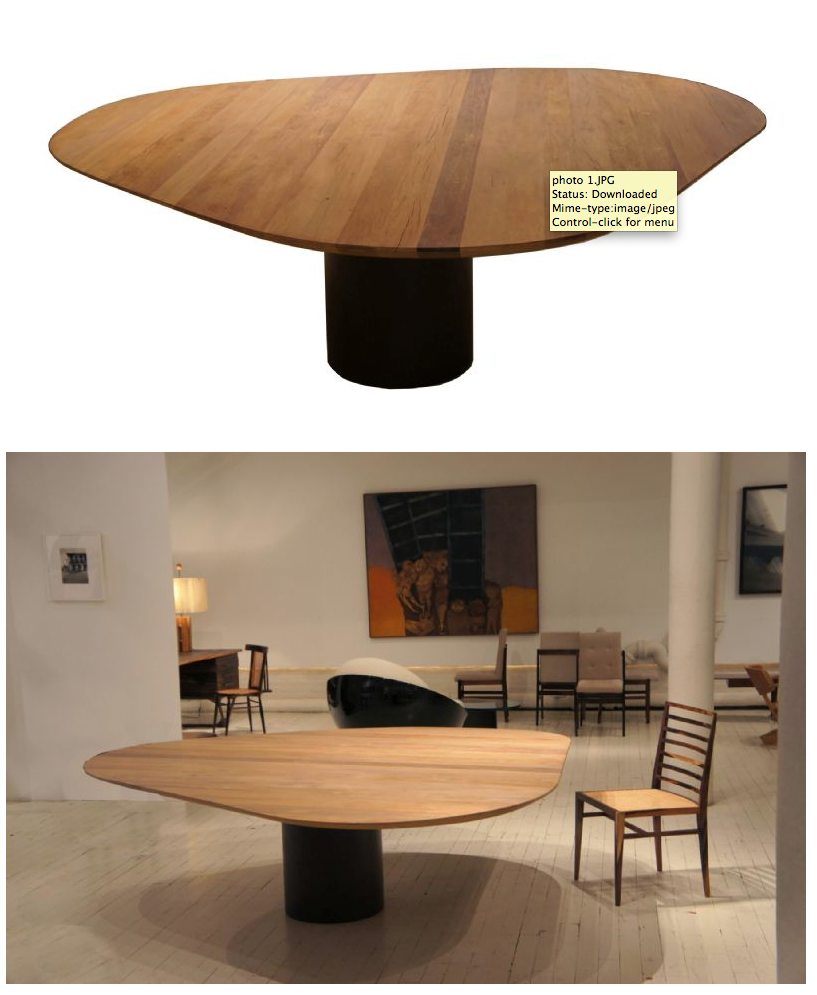
From contributor Da
Why would this warp? Why does any wood table top warp?
Does the original maker of the table warrant against warping? Why doesn't your client just buy the table in the photo?
From contributor ma
Ditto: that looks like a gallery display. If you like it, then buy it.
From contributor ch
I used to ask this question too. Now I know that some galleries mark up their offerings as much as 100% depending on many things such as if the table is designed by someone with a big name in the design world and/or for the mere fact of just being in a "gallery". Also, giving local craftsmen the work is a good thing no?
I don't know if the table is warrantied for warping issues. It is my understanding that breadboard ends were developed to hinder warping for example. Can you please advise if using battens is a good idea or if there is something I havent thought of? I suppose by warping I meant "bowing" or "cupping". In my experience the reversing of growth rings every consecutive board isnt the answer.
Thanks
From contributor Ma
Gday Chris,
You are on the money with the housed steel with slots for the screws.
It could also form part of your fixing to the "Barrel base".
Good luck with it,
Marty
From contributor Ch
Thanks Marty. Angle iron let into top
with slotted holes it is.
From contributor Da
Most of us that design things for a living object to having our designs ripped off. Copying Levi's for example, and selling them, is viewed as criminal. So it is with intellectual property. Try copying a Disney property for sale and see what happens.
Your customer sought you out to build it for less. No matter what the gallery charges, he figures he can get you to do it for less. He has shown no real appreciation for the designer and his/her efforts to conceive, design and fabricate a pleasing piece. This means he has no value for design or the creativity and knowledge that goes into a piece. He will have that same level of appreciation for your work also. Not a good relationship.
Consider two things: The Gallery is marketing his work, showing it and presenting it to the buying public. People that appreciate good design should buy from them. That has definite value. Obviously, your customer likely would not know the table existed if not for the gallery presence. Secondly, you could easily spend your life doing cheap knock-offs and struggling to get by, never arriving at the point where you learn to design and always at the mercy of the next cheaper shop down the line.
Reasonable guidelines would be to refuse to copy any current designs or licensed past designs. All of Frank Loyd Wright's furniture, for example, is licensed to approved makers. I would not and could not legally sell a copy, though I could make one for my own use. I have copied out-of-production pieces, or copied antiques in other species or scales. I have turned down a lot of work as a result (there are a lot of cheap people out there that refuse to pay the going rate - ask them if they will do their work for 50% less), but I also have gained more than one convert, and done nice work for them as a result.
If you are a competent woodworker, you can easily copy the table successfully with what you know and a few suggestions here. The hard part is self control.
From contributor ma
Try asking the designer.
AC Designed by Arthur Casas eclectic dining tables
Add to Ideabook
165
Ask a question
2
Email
Print
by Espasso
New York, NY, US 10013 · 61 photos
added by Becky Harris
AC Designed by Arthur Casas [ Visit Store » ]
Can't decide between a round or rectangular dining table? Don't fret. This rounded triangle is a shape no one else will have, and the pedestal allows for some freedom in arranging chairs and leg space underneath.
Designed by Arthur Casas in 2010.
Reclaimed wood top and base in corten steel.
Available in several sizes.
Please contact vendor for price.
Info from this website:
http://www.houzz.com/photos/132113/AC-Designed-by-Arthur-Casas-eclectic-dining-tab
les-other-metro
From contributor ch
Thanks for the input, but
I have to disagree with you David. Everything has been done before. An identical copy is not what we are after here. Round meets square top with a beveled edge and a round base? Hardly original. The customer likes it and I don't really care what his motivations are to not just buy it from the original source. I have 3 mouths to feed and in this still struggling economy I find it very surprising how many woodworkers out there are turning down work due to their artistic ethics.
Is reproducing a knock down trestle table infringement of intellectual property? I guess this is why patents exist and for that matter patent attorneys.
From contributor ch
And thanks mark.
how'd ya figure that out?
From contributor je
That post about infringement is correct.If it was my idea and someone copied Id have you in court quicker than you could build the table.Just a friendly no no
From contributor ma
I just looked for it; it's a pretty small world when it comes down to it. This piece is Mr. Cassas's work; do him a solid, and include him in the project. Networking rarely hurts, and everybody knows that "artistically ethical" cash puts food on the table too.
Cheers.
From contributor ch
How do you think I should approach the original designer and include him and in what respect?
Just wondering. Also, I am a little perturbed at why so many people think this is even a topic of discussion. I have seen countless table bases on cylinders and the top is merely a shape. A triangle with rounded corners. If there were more to it I would share your point of view.
From contributor Da
You have no grounds on which to justify proceeding with the project. Feeding those 3 mouths sounds honorable at best, but many far from honorable things are done after saying such a thing.
Yes, there probably are some knock-down trestle designs that are patented for some features, and you would be well advised to not copy those for sale. Just because you don't like it, or the economy is bad (in your opinion) is no reason to drop all the rules. It ain't me, it is the way of the world. I'm just a messenger.
Yes, all tables are a flat surface and have some sort of support, so all are game for you to copy at will?
If you really care about those hungry mouths, learn to design and market yourself to a clientele that is not so knock-off savvy. You will make more money, develop more self-respect and build a business instead of just a job. Like I say, you just may get trapped with such clients and always struggle to get away from them, while the next guy down the street takes it all away for 5% less, leaving you - and those 3 mouths - with nothing.
Do a little reading....
From contributor ma
"Yo. Mr. Cassas, this is chris. I have a client who has expressed an interest in one of your table designs. I would like to purchase a technical drawing of this design, and the right to build one."
Just state the facts; these are the facts as I see it. Keep an open mind, and try to see the situation as it is from the three perspectives that are already involved in this deal: yours, your client's, and the designer's. If you can foresee everyone's interest, guess how they might align, and disarm the BS, then you'll make a deal. This takes practice too.
From contributor ch
Would duplication of this table be infringement of intellectual property too? See pic. What substantiates the uniqueness of the design? When is it infringement and when isnt it? Do you feel that your designs are so unique they have never been done before? I will change something in this design (for the record) but I really don't understand the moral high ground. Isn't this why sites like Houzz exist? To give ideas to designers? Maybe I will understand after reading Mr. Sochars link? By the way, the table is designed by myself and you can go right ahead and use the design if you like it.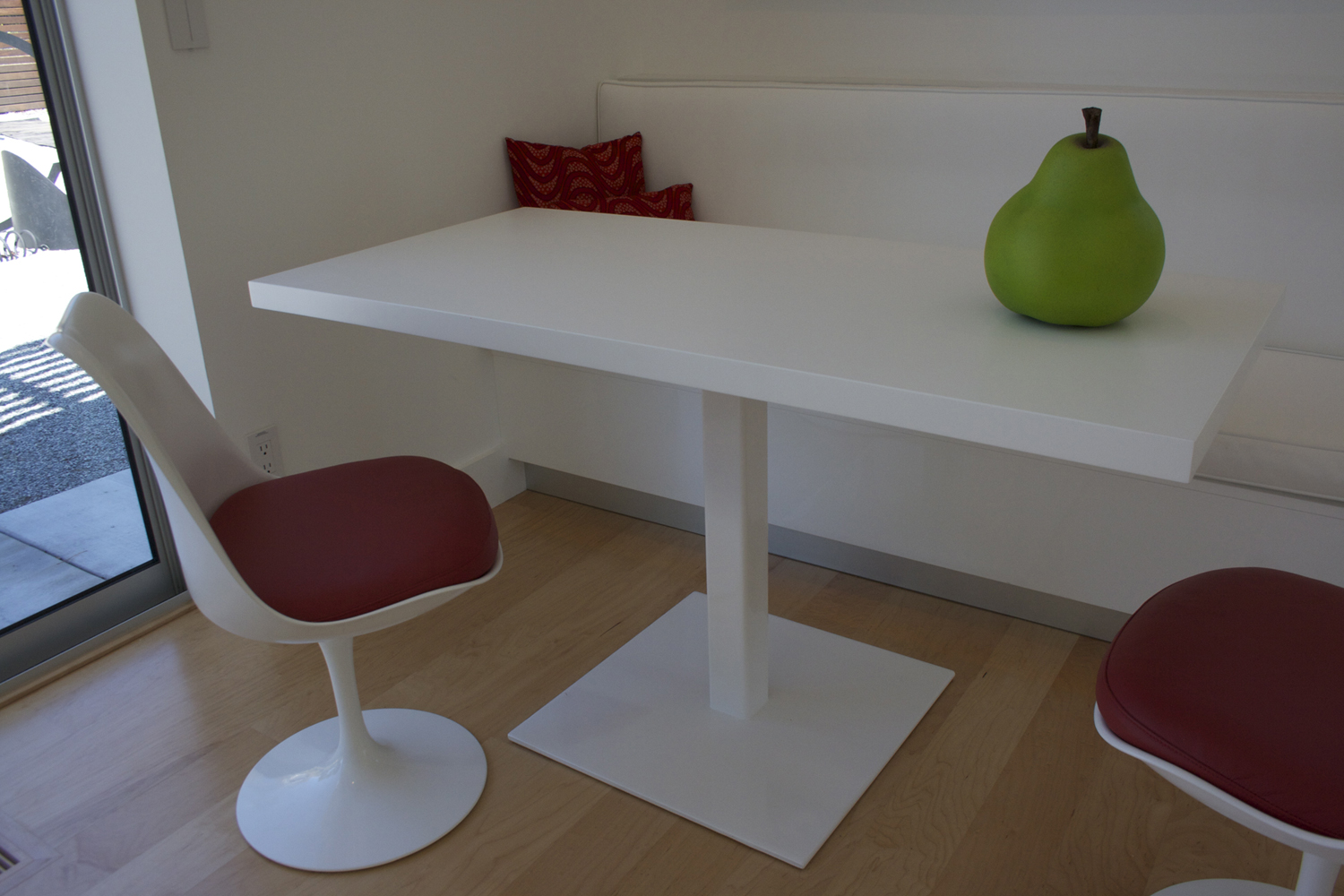
From contributor Ed
Just curious, is it possible to patent the design of a table like this?
Ed
From contributor Ji
My best defense against warping is using
lumber I have stored inside for a long time.
I currently use cherry that I've aged for
6 yrs or longer for my furniture projects.
It just gets better with time, very stable.
From contributor ma
I don't think too much about infringement, but your comparison is falling a little flat. Get your design developed for production, well marketed, and carried by a retailer, and see if you feel inclined to give away the opportunity to sell your work that this process might generate. I'm not following all of your logic, and you have been thrashed a bit in this discussion, but I have a hard time thinking of the opinions I've expressed in this matter as any kind of a moral high ground. I've made the designer's contact info available to you, and if that makes you think about morals, then those are your own demons. Where I actually disagree with you is in your insistence that there's nothing special about this design. That's just silly. This design got a customer off their duff and ready to part with their cash. In our culture, this is the definition of special. Man up; give the designer his due.
From contributor ma
p.s. Just a little fun, but are those knock-off Saarinens at that fine table of yours?
From contributor Da
I was thinking the same thing - Knock-off Saarinen Tulip Chairs, eh?
Here is a link to the real licensed thing, starting at $1440.00 each.
From contributor Ch
After much pondering I now feel we both have reasonable arguments. I get your point, have taken it to heart. I still feel the same as I initially did. This is a topic too big for such a forum and as I said, it is for those in law to decide this. My ethics are in tact and I have no reservations about anyone "copying" one of my designs from a picture. How about all thos Thos Moser and Maloof look-alikes? Is a look-alike the same as a "copy"? The now old argument of Apple having the market cornered (pun intended) on round cornered mobile devices. The Saarinen chairs are originals by the way. Hardly a good comparison to the table in question.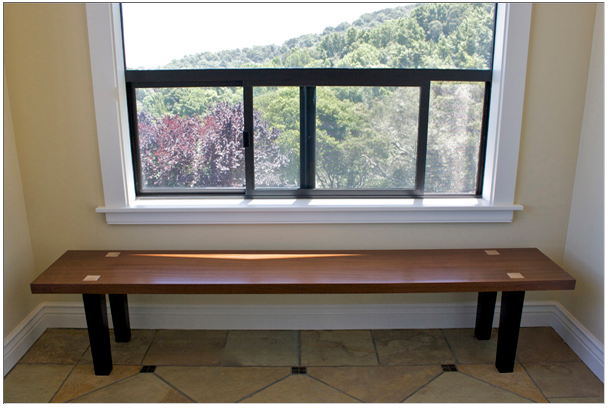
From contributor Ch
here another pic of one of my designs. Hardly extraordinarily original and again, feel free to build one and sell it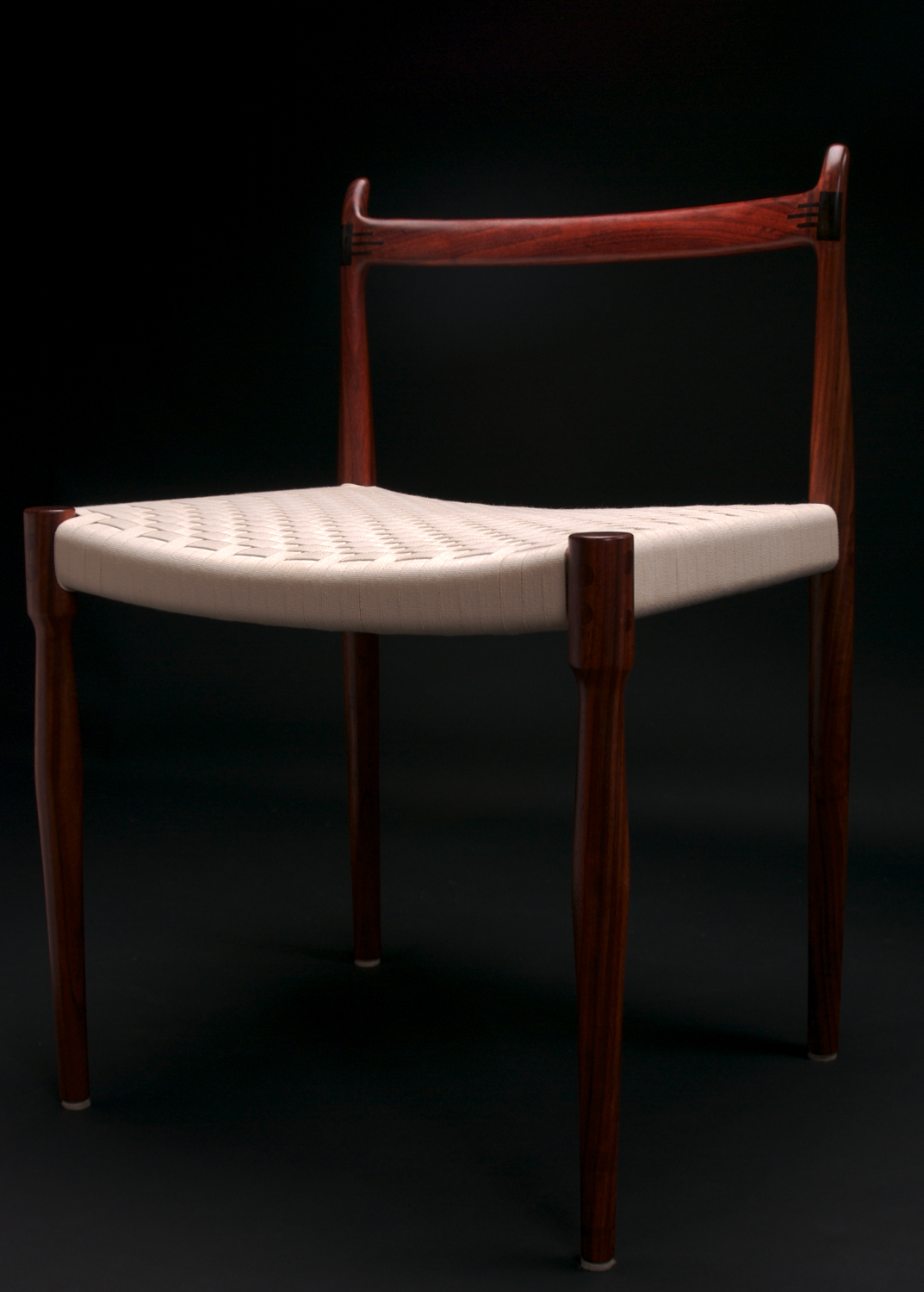
From contributor Ch
here another pic of one of my designs. Hardly extraordinarily original and again, feel free to build one and sell it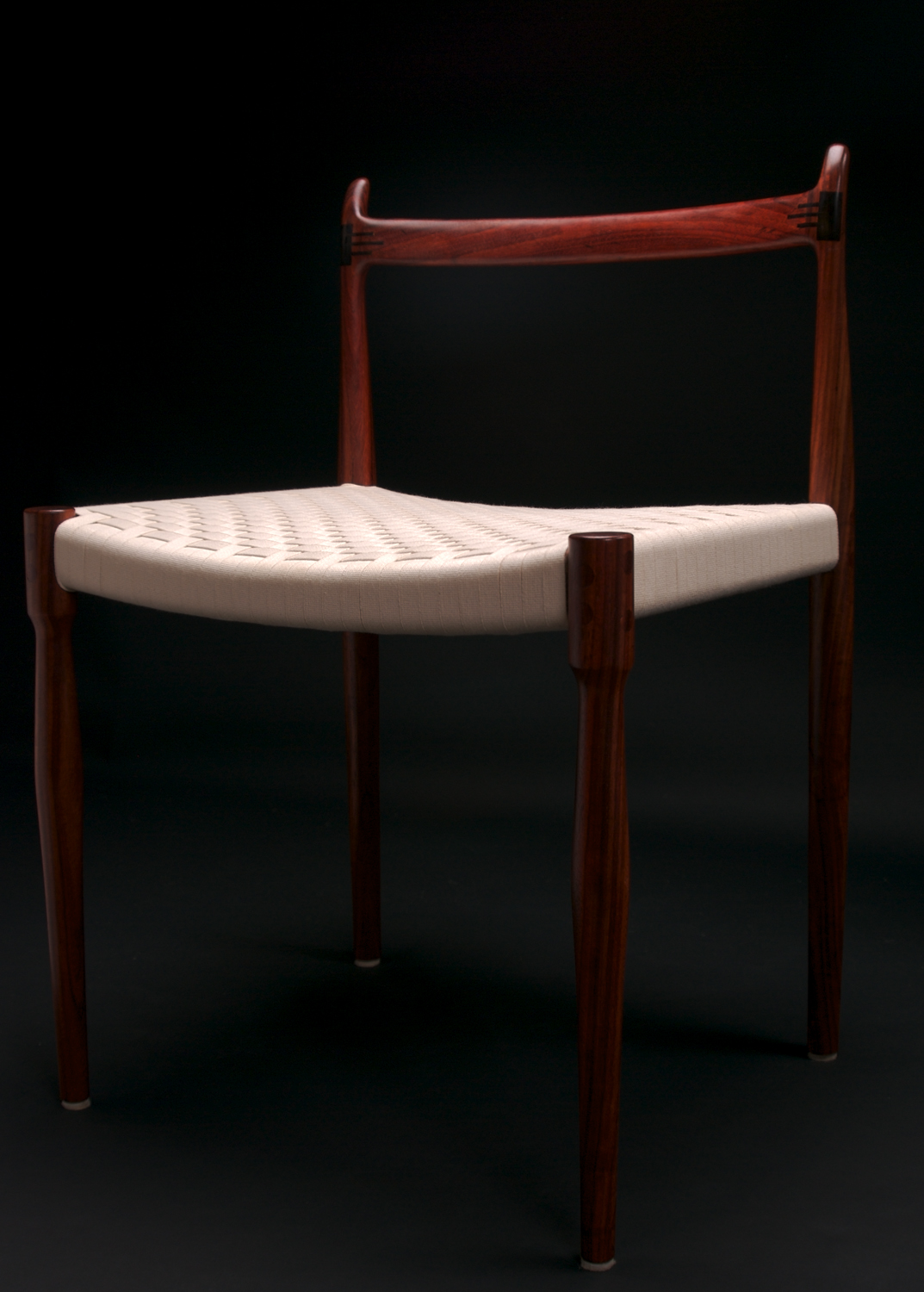
From contributor Ma
I had a studio where I worked full time for a short period making pottery. A lot of hardcore functional stuff and a bit of decorative high priced artsy work. I use to think of these issues a bit in that you come up with a great item/design and the first thing you think of in a "get rich" environment is protecting it or someone copying it and "stealing your idea" and then your money. Doing a lot of shows it was not uncommon for individuals to walk into your booth an whisper about making that item in their next pottery class all the way to the extreme of some parent or grand parent yelling to their daughter three isles over "Hey!! Gina... Come look at this! You could make one of these easy in that pottery class your taking...". It always made for either a chuckle, or late in the day when your tired and testy, a guaranteed no-sale as some caustic retort would send them out of your booth p.o.'d. They were never going to buy in the first place so who cares.
Anyway, I was at a workshop one day given by a highly successful maker who I really admired and someone attending the workshop asked about this very subject and the artists replied (paraphrased) let them copy the work all they want, first off it will never be exactly the same, second It wasnt made by my hand, and third by the time they copy my work I am already on to the next original. They are always one step behind. Later in the day he commented that even a copy generates attention for the original maker because people will always say "that looks like a so and so" but they immediately know its not one of his/her originals.
I think individuals who "create" beautiful things and then worry about losing a nickle or a dime to a cheap knock off have a lot of issues of their own. The people who buy 1500 dollar chairs are buying them because they like them AND for the maker. The people who are looking for a knock off are NEVER going to save up the 1500 and buy the real thing, period. They just aren't. So the maker isn't losing any sales anyway. All they are losing is the idea which they have already come up with, and moved on.
Of course the issue of respect or attributing your work as a copy or a work "inspired by" is a whole situation of its own.
Just my .02$
Mark
From contributor ma
This is certainly a big, multi-faceted topic. Morals and ethics are tricky things: patterns to guide decision-making without processing all of the details of a situation. They facilitate choices that lead to a feeling of continuity. I haven't been consciously considering this situation from a moral or ethical perspective, but this discussion has reminded me of another historical aspect of their use. Without m&e, it's impossible for any authority to get a hold on an individuals decision-making: the nationalism factor of war, the guilt factor of charity, the awe factor of innovation.
Of course, you're right about the technical aspects of the design in question: it's just a table. If it was not part of the narrative of tables, it would be difficult to like. On one end of the spectrum, we have Windsor chairs. Plenty of folks are making these, and openly copying even recent innovations of the style. Lets put that Tulip chair at the other end of the spectrum. Remember, we're talking m&e here, not law: where there's money to be made, there's a law to ensure it. I've often thought of the mid-century period of furniture design as a pinnacle, and wondered what happened. I still don't know. I see that the products of that period are born of the same process as the Windsor chair: copying, improving, expressing with slight differences: an organic narrative. I also see the hammer coming down in this period in an odd way, where the costs of this innovation are being felt, and a desire to capitalize on one design for a longer period of time is beginning to be expressed.
For my part, I'll occasionally do public work, and have been amused by the "knock-off" versions which have sprouted up in my relatively small town. I should say that I'm much happier when the quality is good. Some of us still operate as Windsor chair makers, but we live in a Tulip chair world. The two make strange bed-fellows; really, I can't say which ethical pattern is more dangerous, and I am loath to defer to law when it is economically unenforceable. In the end though, for me it's about people and the work. Thanks for the chivalric posts and offers to contribute your designs to the public domain. I'll give you a shout when I want to take you up on the offer.
Cheers,
mark
From contributor ga
Who's to say Mr. Cassas didn't borrow "inspiration" for his "original" design.
Give it a little time and China will reproduce it by the millions if they think it will sell.
By the time the wheels of justice here have done their thing China will be on to bigger and better things.
From contributor Wi
I believe we all build pieces culminating in a design inspired by what we see out in the environment.
I don't know of anyone who has ever sought permission to build a traditional Shaker style piece, or a Maloof rocker and sell it. There are many more examples.
IMHO, using something from a photo visual for design inspiration is not copying. Copying means physically taking the piece, or stealing the drawings and duplicating it exactly.
To the original question, the top will not stay perfectly flat if not supported somehow, this just being the nature of wood. The angles sound like an idea, perhaps using stainless.
From contributor Jo
I think it is always a better idea to use fibers rather than using woods for making furniture. No matter what you, there is always a fear of warping for this. Check this out here is a fiber door, is it less beautiful than any wooden doors? You should also go for options like this.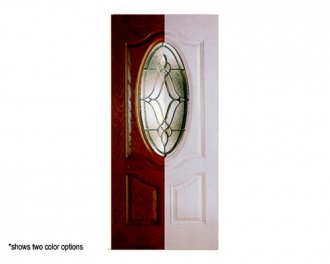
From contributor Ch
Ive been asked to continue this discussion..Or close it rather. I ended up not building the table after all. The Client vanished. Still feel the same as I did. Are gable roofed houses a copyright infringement? Same thing in my eyes. The rolling Stones, The Beatles, Led Zeppelin and many others got inspiration from specific riffs from blues musicians for example. A Ford F 150 and a Chevy Silverado both have similar shapes..is that a knock off too? Whatever the case. All this is just my opinion as you have yours. Thanks to all that gave theirs.